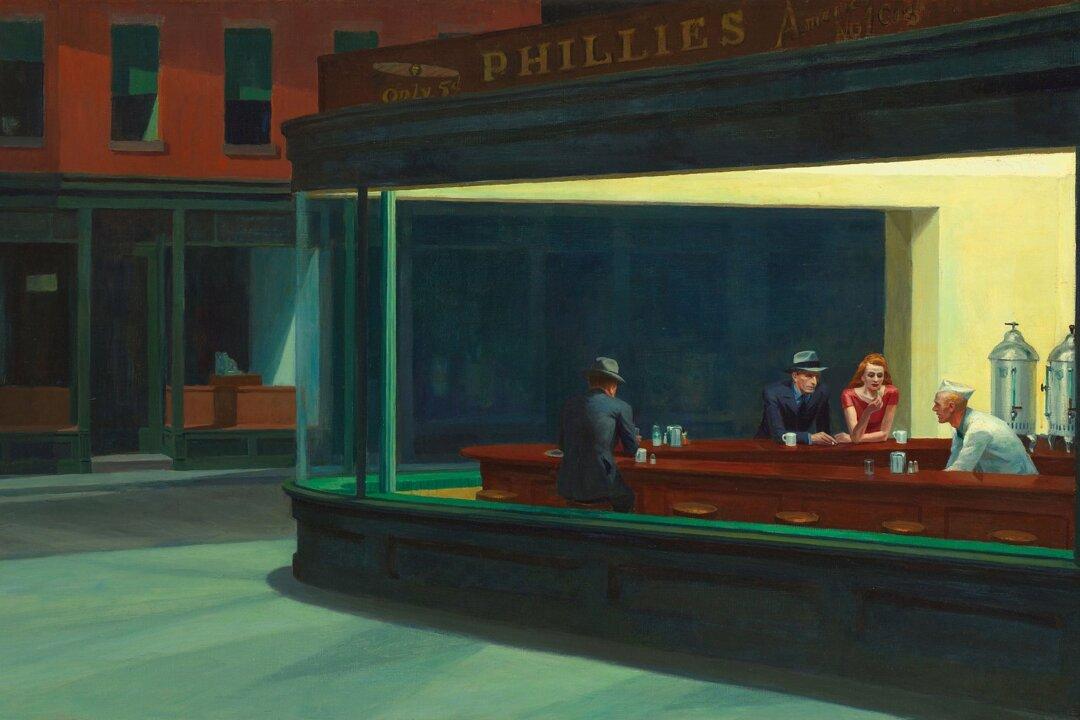Over 20 years ago, Robert Putnam’s “Bowling Alone: The Collapse and Revival of American Community” posited that Americans had become increasingly disconnected from families and friends, and were joining fewer organizations than they once did. Social media increased contact between people, but these digital interactions proved an inadequate substitute for flesh-and-blood encounters. With its lockdowns and closures of businesses, schools, and churches, the COVID pandemic only deepened this sense of isolation.
Statistics back up these observations. In 2020, for instance, a survey conducted by the health insurance company Cigna revealed that three in five Americans described themselves as lonely, “reporting feelings of being left out, being poorly understood and lacking companionship.”






